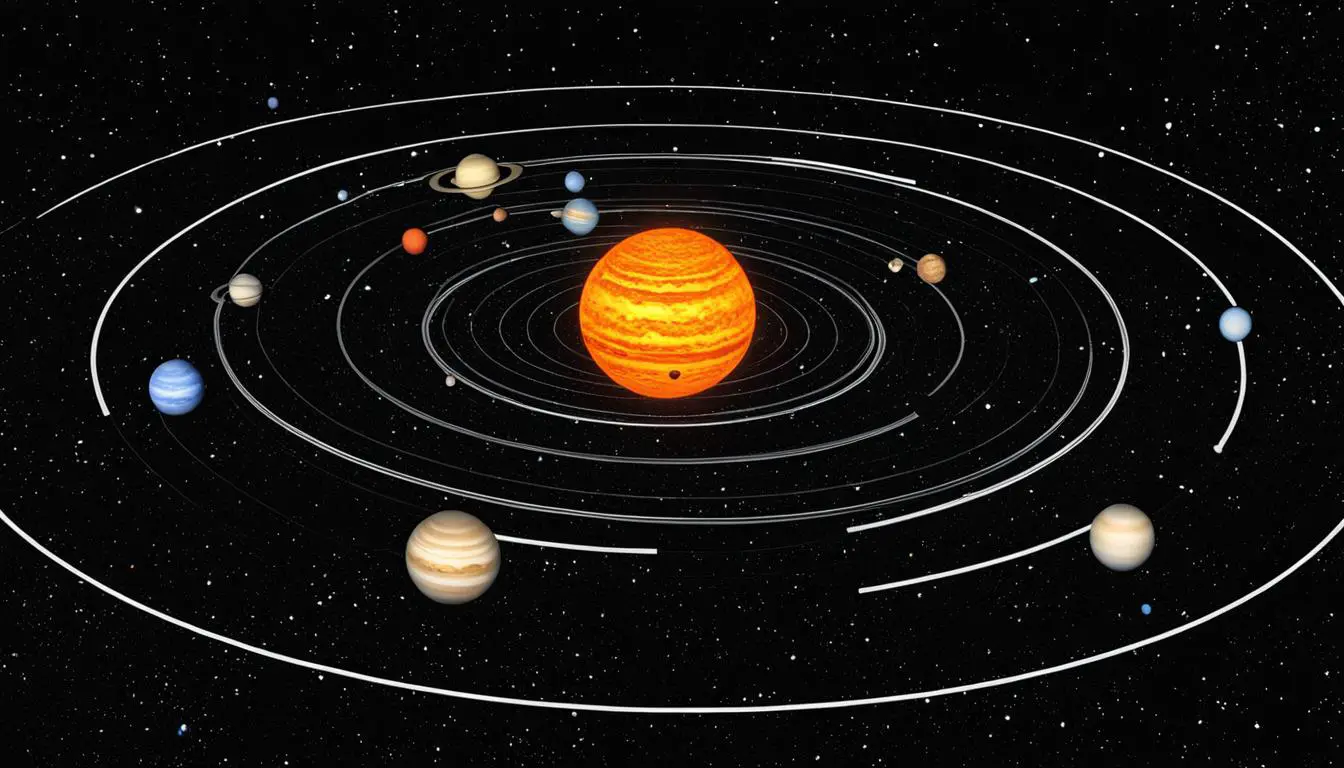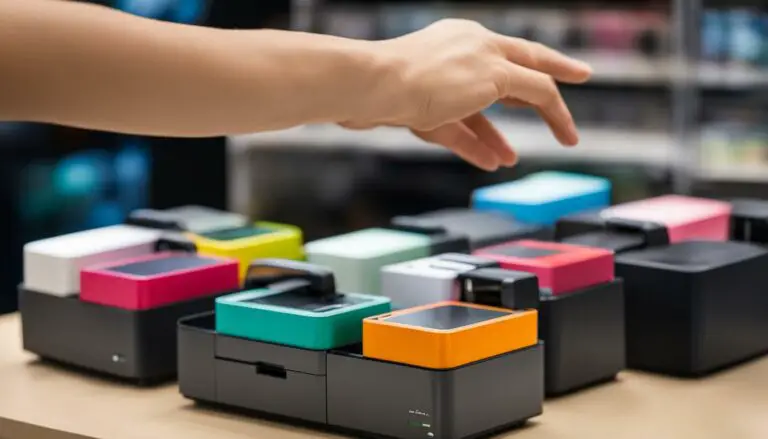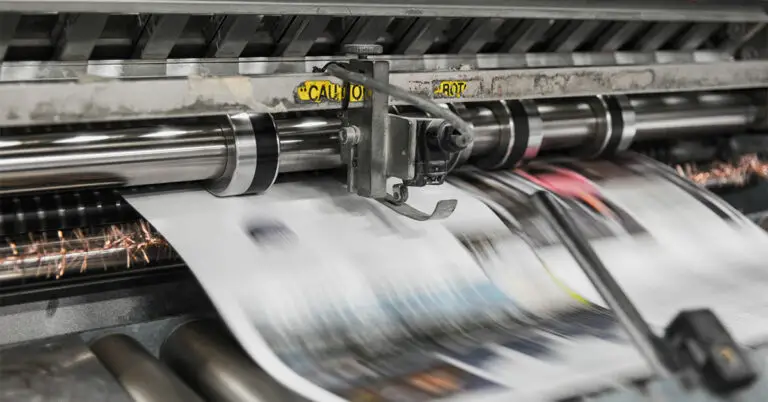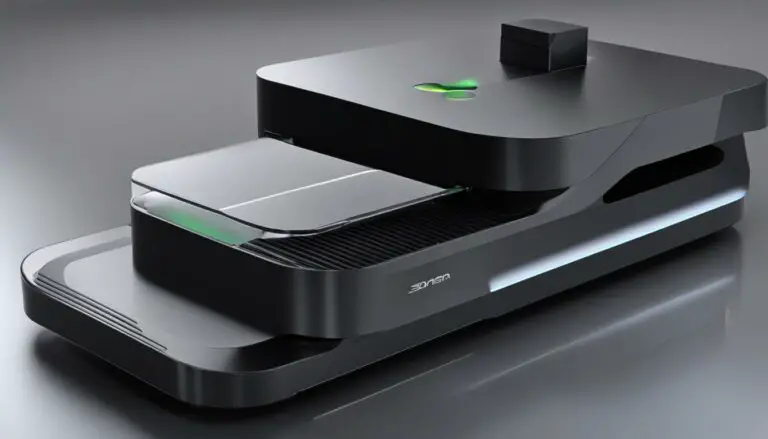Explore 3D Printed Solar System Models
Originally posted on January 8, 2024 @ 2:25 pm
Greetings and welcome to our informative piece about 3D printed models of the solar system! If you have a keen interest in the marvels of our solar system and a strong desire to uncover its enigmas, you have landed at the perfect destination. In the following article, we will lead you on a thrilling expedition through the expanses of the cosmos with the aid of cutting-edge 3D printing techniques. Prepare to venture into the realms of the planets, their locations, and dimensions in comparison to the sun, portrayed with exceptional accuracy and intricacy.
Key Takeaways
- 3D printed solar system models offer a hands-on and interactive way to learn about the planets and their positions in relation to the sun.
- These models are created using 3D printing technology, specifically FDM with PLA material, allowing for high levels of detail and accuracy.
- Students can design and personalize their own 3D printed solar system models, enhancing their understanding of astronomy and 3D printing techniques.
- The interactive nature of these models makes astronomy lessons more engaging and memorable for students.
- By exploring the intricacies of the solar system in 3D, students can gain a deeper understanding of space and the universe.
The Benefits of 3D Printed Solar System Models
3D printed solar system models have revolutionized educational learning about the solar system. These engaging and interactive models provide students with a hands-on experience that enhances their understanding of the planets, their sizes, and their positions in relation to the sun.
Through detailed and accurate 3D printed models, students can create a mental map of the solar system, allowing them to visualize and comprehend its structure more effectively. By exploring these models, students develop a deeper understanding of the laws of Kepler and Newton, gaining insights into celestial mechanics and the forces that govern the universe.
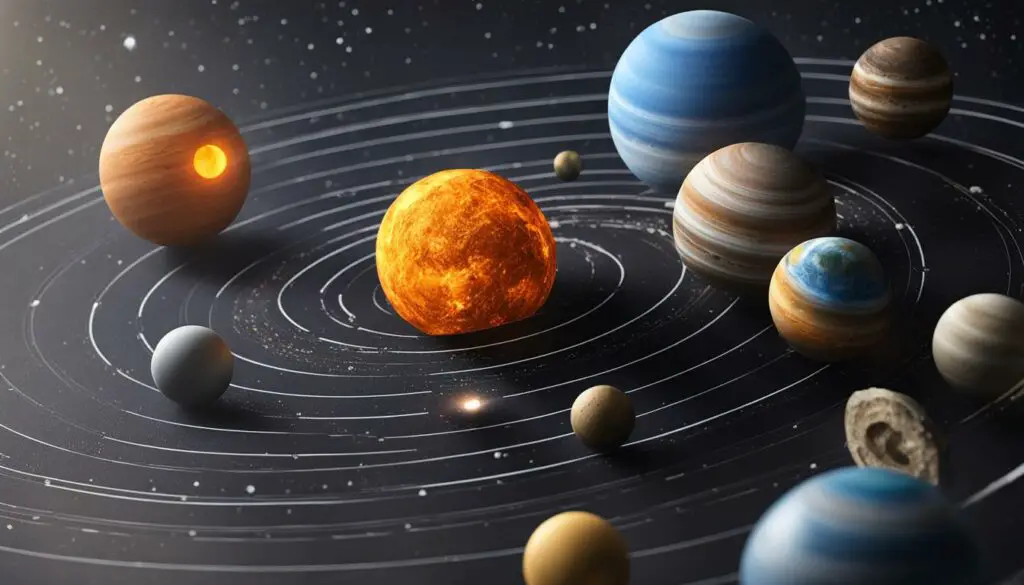
The interactive nature of 3D printed solar system models makes astronomy lessons more exciting and memorable. Students can actively engage with the models, moving the planets and observing their orbits around the sun. This hands-on approach fosters a dynamic learning environment that sparks curiosity and encourages further exploration.
Key Benefits of 3D Printed Solar System Models:
- Enhanced learning: 3D printed models enable students to visualize and understand the solar system’s complex concepts, promoting a deeper comprehension of astronomy.
- Engaging experience: The interactive nature of these models transforms astronomy lessons into captivating experiences, capturing students’ attention and fostering their interest in science.
- Multidisciplinary learning: Creating and studying 3D printed solar system models integrates various fields of study, including science, technology, engineering, art, and mathematics (STEAM).
- Tactile exploration: Students can physically manipulate the models to observe the planets’ movements, encouraging kinesthetic learning and reinforcing spatial awareness.
- Long-term retention: The hands-on nature of 3D printed solar system models facilitates active learning, resulting in greater retention of knowledge and concepts.
The use of 3D printed solar system models in education has transformed the way students engage with astronomy. By providing an immersive and interactive learning experience, these models empower students to explore the mysteries of space and develop a lifelong passion for scientific inquiry.
Using 3D Printing Techniques for Solar System Design
When it comes to designing a 3D solar system model, we rely on advanced CAD software like Rhinoceros, Sketchup, or Inventor Educational. These powerful tools enable students to unleash their creativity and bring their personalized solar systems to life. By using CAD software, students can design the solar system, assign names to the different planets, and accurately represent their sizes. This process allows them to develop a mental map of the solar system and gain a deeper understanding of its intricate structure.
Once the design is complete, it’s time to prepare the CAD files for 3D printing. We use software like Cura to select suitable settings for the printing process. This involves specifying the layer height, print speed, and infill density, among other parameters, to ensure optimal results. Choosing the right settings is crucial for achieving high-quality 3D prints that accurately depict the planets and their features.
With the CAD files prepared, it’s time to start the 3D printing process. PLA (Polylactic Acid) is commonly used as the printing material due to its ease of use and environmental friendliness. PLA is derived from renewable resources such as cornstarch or sugarcane and offers excellent print quality.
Using a 3D printer, we launch the prepared file and watch as the personalized solar system takes shape. The printer carefully deposits layer upon layer of PLA material, gradually building the planets and their intricate details. The printing process requires precision and patience, as the final result depends on the accuracy of the printer and the quality of the CAD design.
“The use of 3D printing techniques allows us to transform our imagination into tangible objects. By creating their own personalized solar system models, students can explore the wonders of astronomy in a truly hands-on way.”
Once the printing is complete, we can marvel at the magnificent 3D printed solar system model. Each planet, with its accurate size and distinct features, is a testament to the power of combining 3D printing and astronomy. This personalized model becomes a valuable tool for interactive learning, enabling students to engage with the solar system in a meaningful and memorable way.
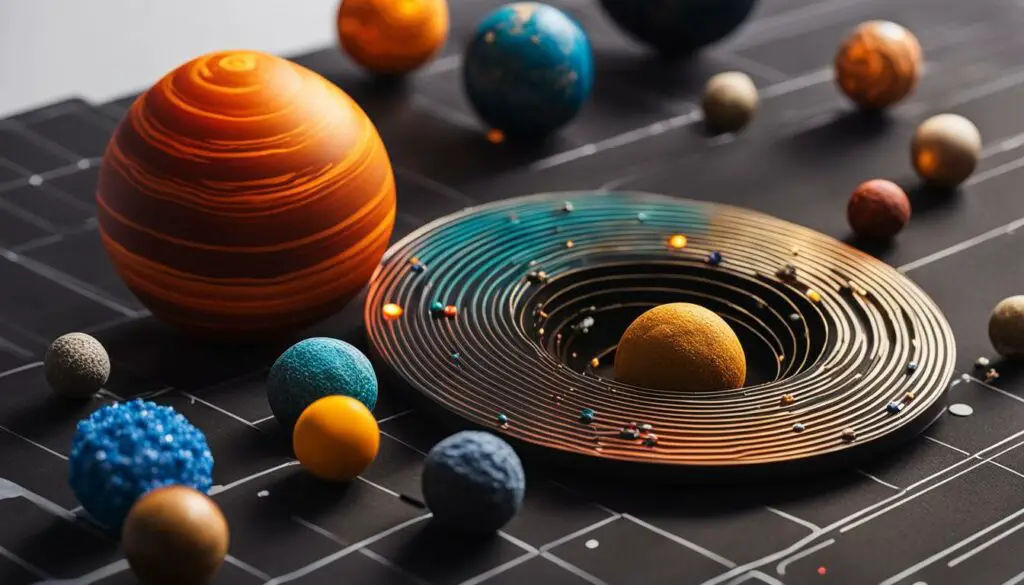
| Benefits of 3D Printing in Solar System Design |
|---|
| Allows for precise representation of the planets and their features |
| Enhances the learning experience through hands-on exploration |
| Encourages creativity and imagination in designing personalized models |
| Facilitates a deeper understanding of the solar system’s structure |
| Offers a tangible, visual representation of astronomical concepts |
Guided Lesson for Creating a 3D Printed Solar System
The guided lesson for creating a 3D printed solar system in the classroom involves several steps. We start by introducing the topic and objectives to our students, explaining the basics of the 3D software that will be used. By familiarizing them with the software, we empower them to design their solar system using CAD software. The students can then unleash their creativity by customizing the solar system, adding the names and sizes of the different planets, and creating a mental map of the solar system.
Once the design is complete, the students save and export the file in a suitable format for 3D printing. This step allows them to learn about file compatibility and preparation for the printing process. We take the opportunity to delve into the 3D printing techniques necessary for turning their design into a tangible model.
We explain how to set the file on the coding software and how to obtain the G-code, which serves as a set of instructions for the 3D printer. This practical exercise allows students to understand the link between the digital design and the physical object. Finally, we guide them through the process of preparing the 3D printer and initiating the print job.
Throughout the lesson, we provide both practical and theoretical exercises to enrich the students’ understanding of the subject matter. By combining hands-on activities with classroom discussions, we foster a comprehensive understanding of both 3D printing techniques and the intricacies of the solar system.
Showcasing Student Creativity
“The guided lesson was a fantastic opportunity for our students to explore their creativity while learning about the wonders of the solar system. They were truly engaged in the process of designing and printing their own 3D solar system models, and it was incredible to see their enthusiasm and pride in their creations.” – Jennifer Smith, Science Teacher
By offering this guided lesson, we provide our students with a unique educational experience that combines technology, science, and creativity. They not only gain knowledge about the solar system but also develop skills in CAD design, 3D printing, critical thinking, and problem-solving.
This approach to learning creates a collaborative environment where students actively participate in their education. By utilizing 3D printing techniques to explore the solar system, we engage our students in a hands-on and interactive manner, making the learning process enjoyable and memorable.
Conclusion
3D printed solar system models provide an exciting and immersive way for students to explore the wonders of our solar system. These models offer valuable educational opportunities, allowing students to gain a deeper understanding of the planets, their sizes, and their positions in relation to the sun.
By utilizing advanced 3D printing techniques, these models achieve high-quality and intricate details that enhance the learning experience. Students can engage in hands-on activities, designing and printing their own solar system models using CAD software and PLA material. This interactive approach not only fosters creativity but also develops essential skills in subjects like geography, art, and science.
Overall, 3D printed solar system models are an invaluable tool for educators in the field of astronomy. They ignite curiosity, facilitate learning, and leave a lasting impression on students. Whether used in classrooms or at home, these models offer a gateway to the vast realm of astronomy, inspiring the next generation of explorers and scientists.
FAQ
What is a 3D Printed Solar System?
A 3D Printed Solar System is a manually operated planetarium consisting of our sun and its 8 orbiting planets. It can be turned by hand, showing the planets’ positions in relation to the sun.
What technology is used for 3D printing these models?
The technology used for 3D printing these models is FDM (Fused Deposition Modeling), with PLA (Polylactic Acid) as the material.
What are the dimensions and accuracy of the 3D printed models?
The dimensions of the models are 280×280(max)x100mm overall. The accuracy of the 3D printed models is medium.
How many pieces are there in the entire 3D printed solar system?
The 3D printed solar system consists of 30 pieces in total. This includes the planets, divided into two parts for printing, the base/support for each planet, and the general base.
What are the benefits of 3D printed solar system models for education?
3D printed solar system models help students learn about the different planets in the solar system, their sizes, and their positions in relation to the sun. The detailed and interactive nature of these models enhance the learning experience and make astronomy lessons more engaging and memorable.
How can students design and print their own 3D printed solar system models?
Students can design the solar system using CAD software like Rhinoceros, Sketchup, or Inventor Educational. The CAD files can then be prepared for 3D printing using software like Cura. The 3D model can be printed using PLA material and a 3D printer.
How can a guided lesson for creating a 3D printed solar system be conducted in the classroom?
The teacher can introduce the topic and objectives, explain the basics of the 3D software, and guide students through the design process. Students can learn about 3D printing techniques while creating their personalized solar system models.
What skills do students develop through creating 3D printed solar system models?
Creating 3D printed solar system models allows students to develop skills in CAD, 3D printing, geography, art, and science. They also gain a deeper understanding of the solar system and the universe.

